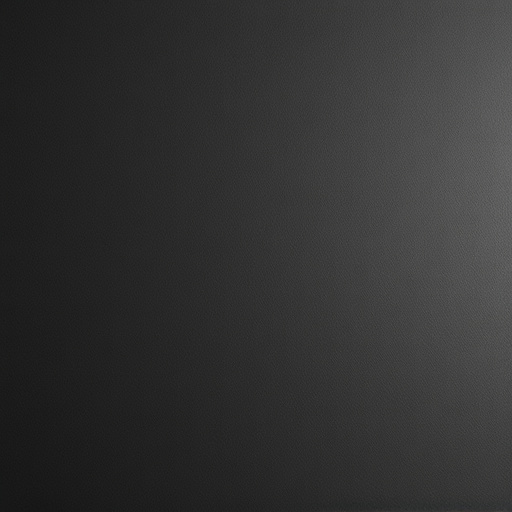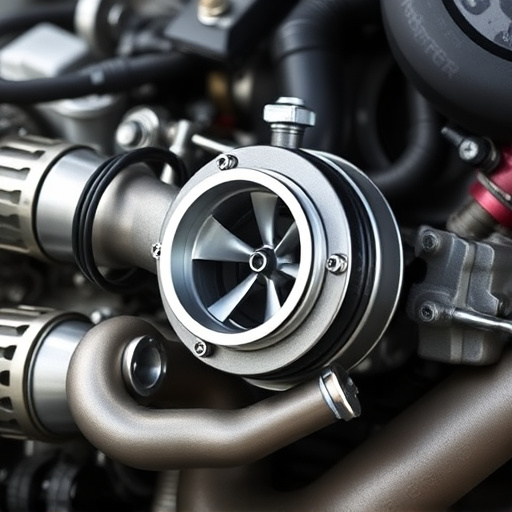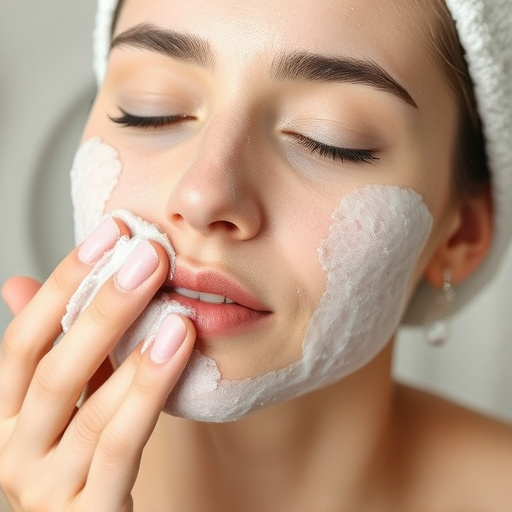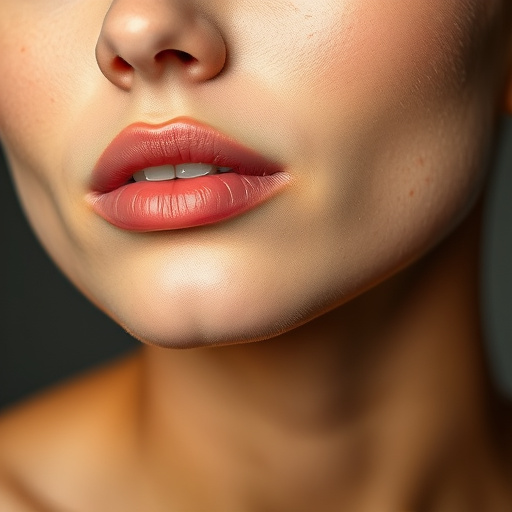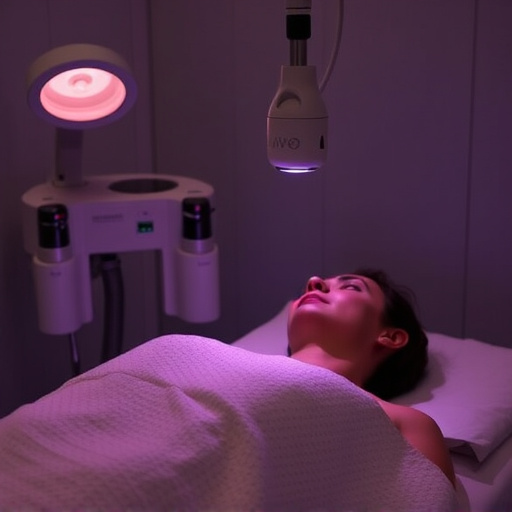Chest hair growth is driven by testosterone, influencing genetics and age. Unhealthy habits and medical conditions may disrupt natural distribution. Removal options include shaving, waxing, laser treatments, and body contouring. Choices depend on skin type, desired outcomes, sensitivity, budget, and time commitment, with laser treatments offering long-term solutions alongside complementary aesthetics procedures for optimal results.
Are you considering chest hair removal but unsure where to start? This comprehensive beginner’s guide breaks down everything you need to know. We explore the science behind chest hair growth, delve into various removal methods like waxing, shaving, and lasers, and offer expert tips for choosing the best approach based on your desired results and long-term maintenance. Discover the solutions that work best for you and bid farewell to unwanted chest hair.
- Understanding Chest Hair Growth and Its Causes
- Exploring Removal Methods: Waxing, Shaving, and Lasers
- Choosing the Best Approach: Considerations for Results and Maintenance
Understanding Chest Hair Growth and Its Causes
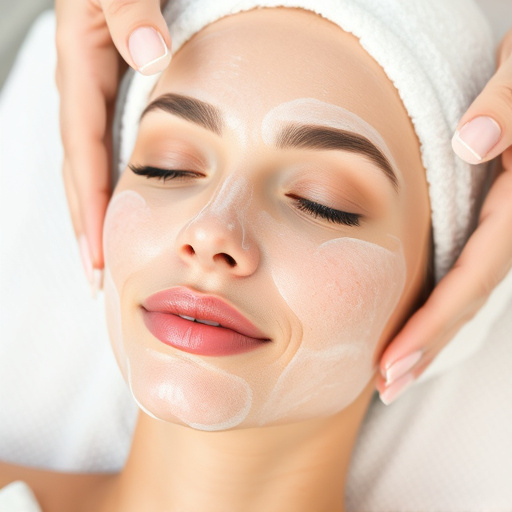
Chest hair growth is a natural process that begins during puberty, primarily driven by testosterone. This hormone stimulates the sebaceous glands in the skin, leading to an increase in oil production and subsequent hair follicle activation. As a result, chest hair starts to emerge and thicken over time. Several factors influence the density and distribution of chest hair, including genetics, age, and overall health. Understanding these underlying mechanisms is crucial when considering chest hair removal methods.
Apart from hormonal influences, certain lifestyle choices can also impact hair growth. For instance, inadequate nutrition, stress, and excessive alcohol consumption may contribute to abnormal hair distribution. Moreover, some medical conditions like hypertrichosis can lead to excessive chest hair growth, requiring professional skincare advice for effective chest hair removal solutions.
Exploring Removal Methods: Waxing, Shaving, and Lasers
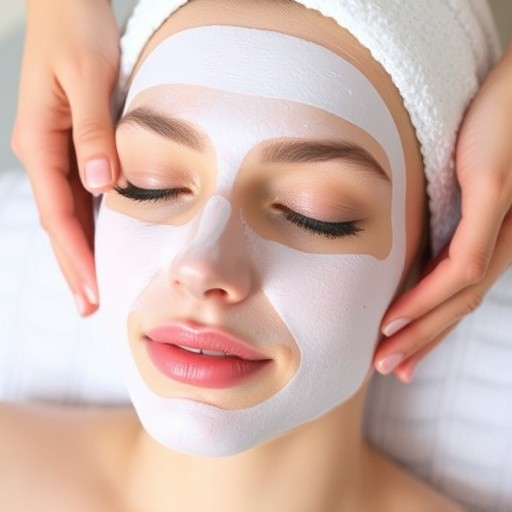
When it comes to chest hair removal for men, there are several methods to choose from. Each has its own pros and cons, offering tailored solutions depending on individual preferences and skin types. Two popular choices are shaving and waxing—both effective yet differ significantly in approach and longevity. Shaving is a quick, affordable option that involves using razors to trim or remove hair. However, it’s a temporary solution as the hair quickly grows back. Waxing, on the other hand, involves applying hot wax to the skin, which adheres to the hair and removes it at the root. This method provides longer-lasting results but can be more painful and expensive than shaving.
For those seeking more permanent solutions, laser treatments emerge as a game-changer. Lasers target the melanin in the hair follicles, effectively reducing hair growth over multiple sessions. Unlike shaving or waxing, lasers address the root cause of chest hair, offering a long-term solution that can even lead to complete chest hair removal. Moreover, as technology advances, these laser treatments have become increasingly accessible and affordable, making them a viable option for many men looking into chest hair removal methods. Other related aesthetics procedures like acne treatments and anti-aging treatments, while not directly tied to chest hair removal, often complement the overall skin care regimen that follows hair removal for a more polished, healthy appearance.
Choosing the Best Approach: Considerations for Results and Maintenance
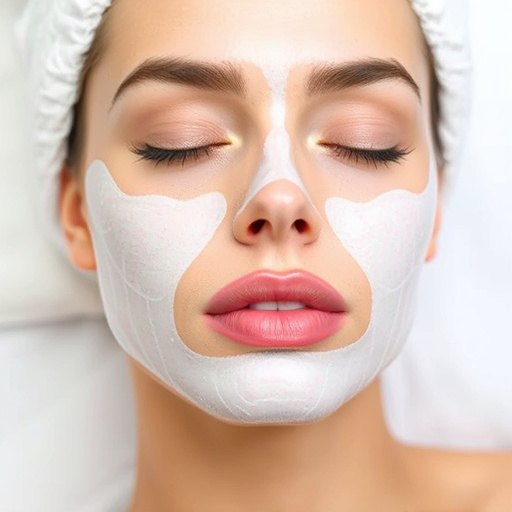
When it comes to chest hair removal for men, choosing the best approach involves understanding your skin type, desired results, and commitment to maintenance. Factors like sensitivity, budget, and time availability play a significant role in selecting the most suitable method. For instance, some men might prefer a quick fix like waxing or shaving, while others seek longer-lasting solutions such as laser treatments or body contouring procedures.
Personalized skincare is key to achieving and maintaining chest hair removal results. Microneedling therapy, for example, stimulates collagen production to soften and thin excessive hair over multiple sessions. Body contouring techniques, including targeted lipo and other specialized procedures, offer permanent reduction in hair thickness and distribution. Regular upkeep and touch-ups are generally required to sustain the desired appearance, emphasizing the importance of a tailored plan that aligns with individual needs and goals.
Chest hair removal is a personal choice, with various methods offering different levels of effectiveness and maintenance. By understanding your options—including waxing, shaving, and laser treatments—and considering factors like skin sensitivity, time commitment, and budget, you can make an informed decision for the best chest hair removal approach tailored to your needs.



